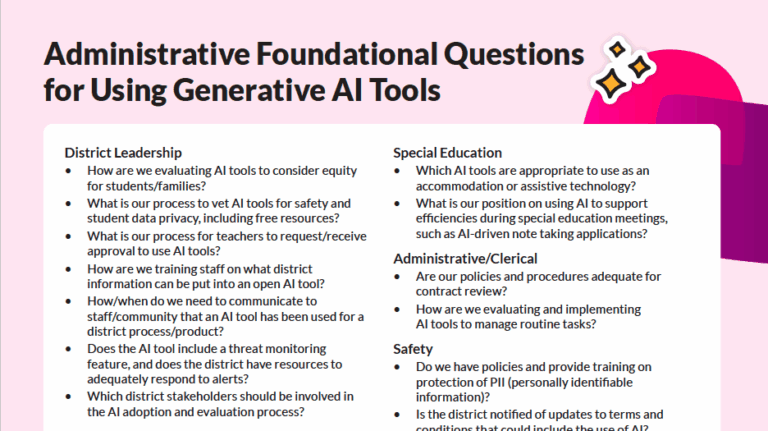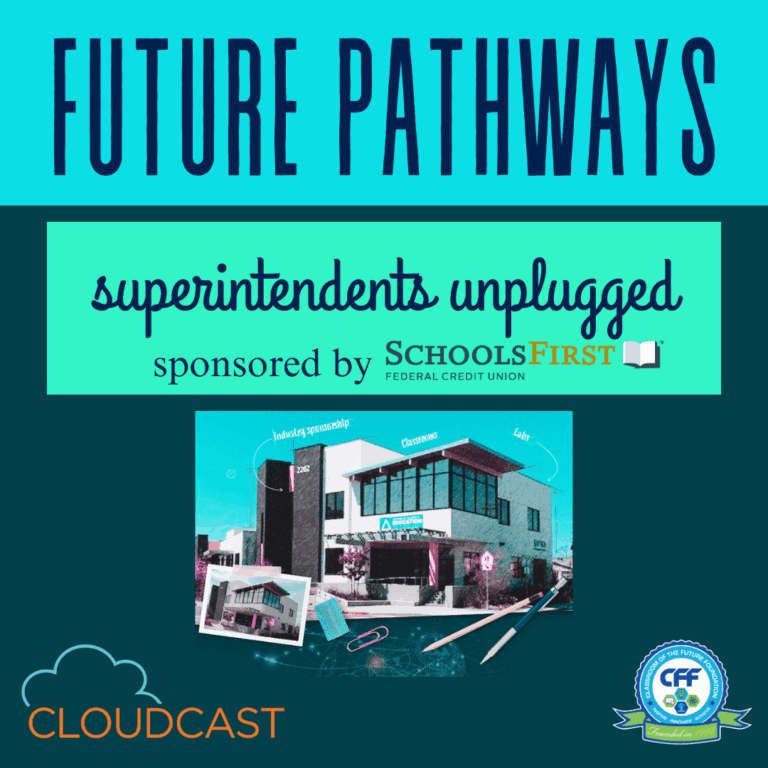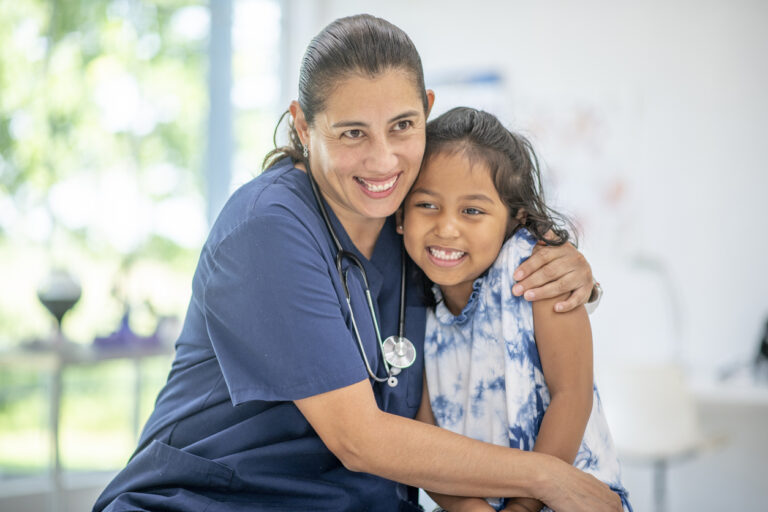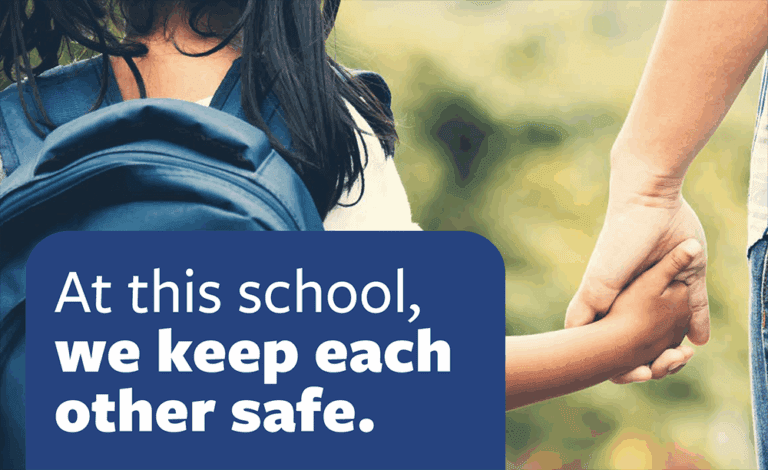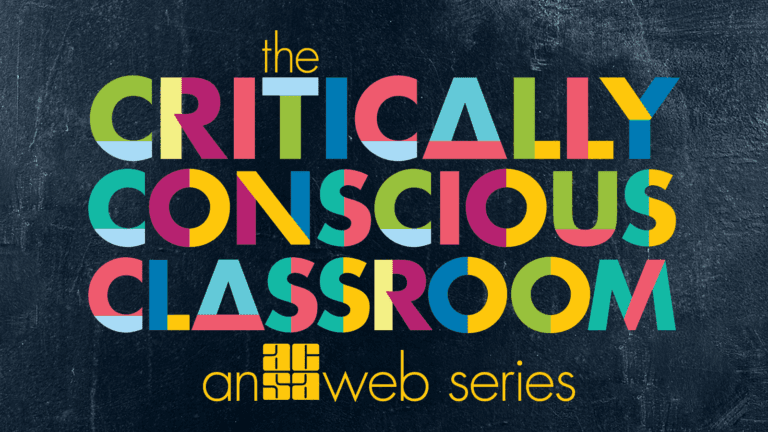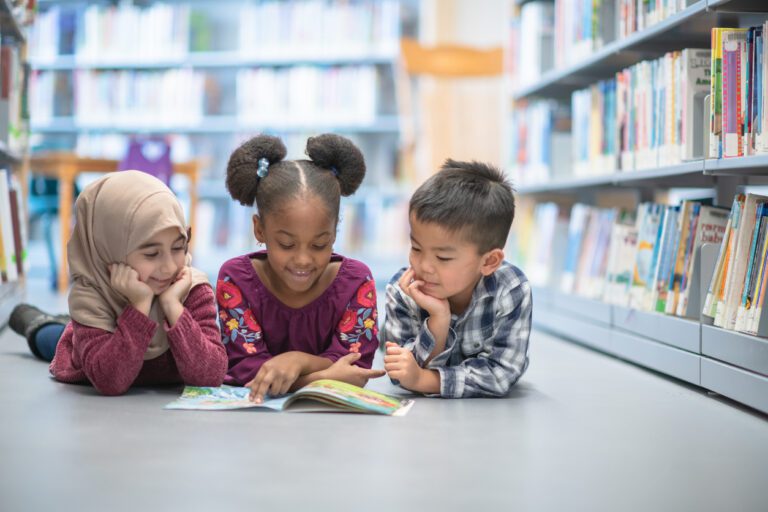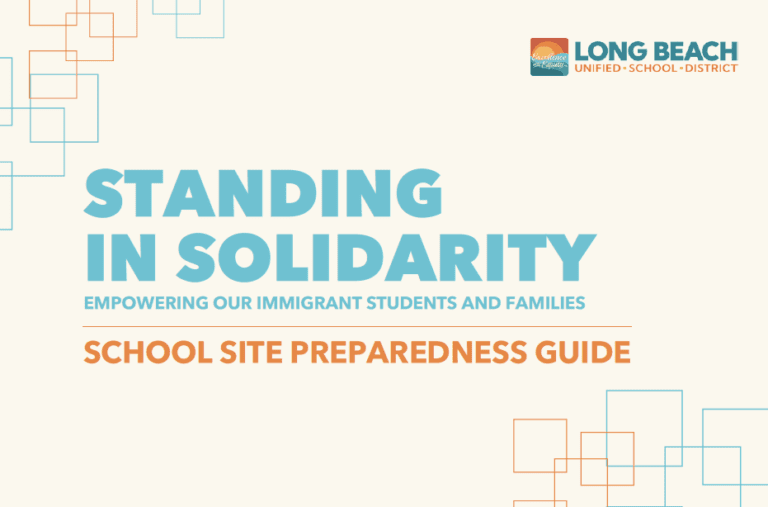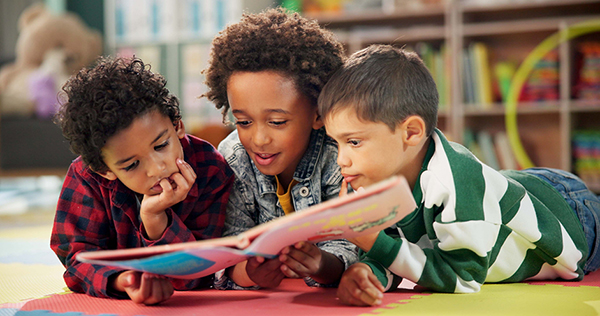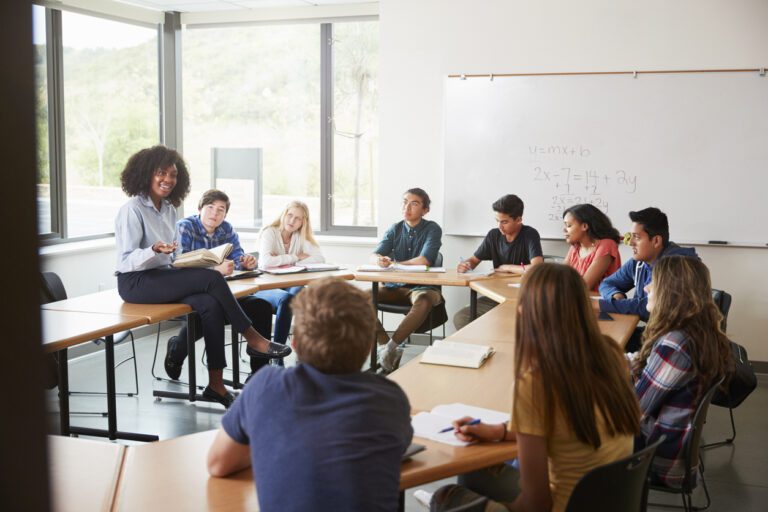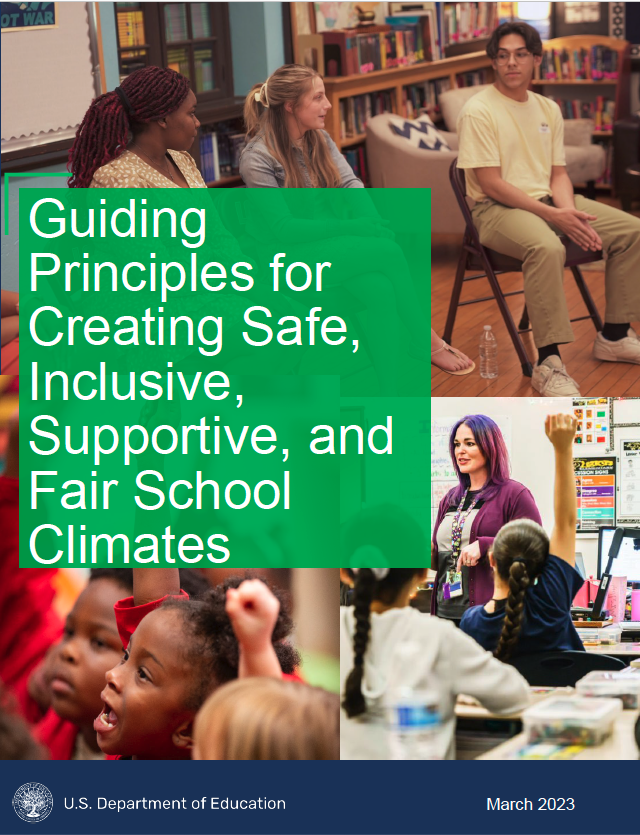A report on safeness before and after the Marjory Stoneman Douglas High Parkland shooting
By Sarah Bernardy and Regula Schmid, Ed.D.
In an era when school shootings run rampant with 22 incidences as of writing this article this year alone – and counting – and politicians talking about arming teachers and other school personnel, one is left wondering how safe students feel at school and does the level of safeness affect student achievement? How can we ensure they feel safe?
To find out, we surveyed a group of 61 students at a high security urban middle school in Southern California. The security measures at the school include a large gated and locked fence around the campus to keep the students from leaving campus, but mainly to keep out people who may be a threat. The fence only has one entrance and exit when school is in session. At the gate, you ring a bell and someone will video chat and ask for your reason for coming onto the campus. After a valid statement is given, you will be buzzed in and you are allowed to enter the campus.
The 70 students surveyed in this study are largely Hispanic and live in a low socioeconomic area. The data was collected from a classroom sample of 61 students and 9 surveys were excluded. These surveys were excluded due to several factors: the student did not include their last name on the online survey, key questions to measure safety were left blank, or students took it without having consent forms completed. An independent samples t-test was used. The data was found significant when using the alpha level of .05 (t(60) = 3.547, 2-tailed, p =.031). Students who felt safe on campus (M = 2.65, SD = .823) had a higher academic achievement compared to students who did not feel safe on campus (M=1.89, SD = .166). The average grade point averages can be seen in the Figure below.
After we surveyed half of the students, coincidentally the Marjory Stoneman Douglas High Parkland School shooting in Florida occurred. The other half of the students were surveyed after the shooting. This gave us the unique opportunity to compare if students felt different levels of safety before and after the shooting. We compared the survey results of the students who took the survey before the shooting and those who took it after the shooting. Overall, we did not find a significant difference between the group who took the school safety survey before the school shooting occurred and the participants who completed the survey after the school shooting (t(60) = 5.671, 2-tailed, p .136). This shooting did not seem to impact the participants’ academics after it had occurred.
The results showed, that the shooting did not impact how students felt regarding safety – maybe due to the security measures that are being taken at that particular school. However, while students did not fear an outside shooter coming in and killing them, they feared each other. They feared that others would steal from them and that fellow students would bring weapons to school. The results also showed that students who did not feel safe at school were academically less successful than students who felt safe at school. These students, who are attending a completely gated, high security school, still feel unsafe. This can leave people petrified at the thought of how other students in an open campus must feel.
It is clear from this and other studies, that it is crucial for academic success that students feel comfortable and safe at school. Feeling unsafe at school can affect students’ academic achievement in an indirect way, such as leading to an increase in absences since they do not feel comfortable on the school’s campus, which then in turn affects student achievement (Lacoe, 2013, p.15). When they are in school, the higher the level of unsafeness, the less engaged students are in the classroom, which again then negatively affects student achievement (Juvonen, Nishina & Graham, 2006, p. 395). Also, when students do not feel safe at school, their commitment and motivation to perform well in school greatly decreases (Wang & Holcombe, 2010, p. 641-642). In order for these students to be able to re-engage in class, they have to feel safe. To this end, safety protocols and procedures need to be set in stone which will lead to improvements in the students’ academic success (Cornell & Mayer, 2010, p. 11). Thus, it is crucial that school staff, teachers, and administrators ensure that all students feel safe at all times.
Students feeling safe at school at all times requires a comprehensive, well thought out, school-wide plan and this is no easy feat. There are several steps that schools can take to be able to help their students feel more comfortable and safe in their learning environment. Restorative justice practices can help increase how safe students feel in their academic environment, as well as provide students with conflict resolution skills. Conflict resolution is one of the main outcomes that occur when restorative justice is put into use at a school site. There is a strong relationship between restorative justice practices and keeping schools safe for students on the campus (Varnham, 2005). By implementing restorative justice, fewer violations occur because it builds a community at the school. When an emergency occurs or justice is violated, students are able to restore justice and repair.
Another solution is character education, which helps students to be able to build positive character that is shaped around the universal values of the environment and respect for students and teachers. This is a long-term solution for the students to be able to address concerns that the school environments may be facing in order to keep our students and schools safe (Pala, 2011). Building trust with their peers and administration on campus is beneficial for students to feel safe while they are on campus (Schultz, Selman, & LaRusso, 2003). These trusting relationships are essential to creating and maintaining a safe school environment. Such a character education program includes a curriculum that is either designed at school or purchased with daily lessons that are implemented by teachers. This can be done in their advisory periods as lessons that they have to go through. Character education provides students with the abilities and knowledge of being respectful to their peers and with a moral compass. This is one of several solutions that can be used and implemented at any school site.
These solutions should be implemented at a school site. It is suggested to start out with one of these resolution tactics to be used to be able to make sure that all of the students are able to start forming these skills before another lesson is put into place. All of these suggestions for different solutions on how to increase safeness on campus need to be completed individually and thoroughly. Administration should go to trainings to be able to be an efficient teacher or coach to all of the other faculty at the school and to teach them how to implement these solutions. Administration needs to make sure that they are doing peer mediations between students who are involved in conflict. Making their rounds during supervision and seeing students who are arguing and not getting along is a clear indicator that it is necessary to put into action a peer mediation between these students.
Every week, a teacher should make sure to have a restorative practice lesson, such as restorative circles, and implement programs like preventative and post conflict resolution skills with the students. Also teachers should implement a lesson on character education each month, having the same theme and virtue run throughout the month teaching a lesson once a week. For example, in the month of September students are taught about honesty and this theme is present as a lesson throughout the week. After implementing a lesson and there is no effect or change seen, then another solution should be tested to see if this is a better fit for the school environment and peers. These solutions help change the school environment so that children feel safer while they are on campus learning and thereby improving their academic achievement.
Special protocols need to be designed and practiced for emergency situations. Faculty and staff need to be aware that a disaster or an emergency that directly affects the students and school, in turn, will affect, negativity, the students’ achievement (Ripski & Gregory, 2009). The drop in grades may be short-lived, but the learning gap may further during this time. The more the schools know what outside factors are directly affecting the students in their classrooms, the more they can do to try their best to limit the reaction to these factors. A child’s education is highly important in order for them to become successful and have a bright future in their career. Having these safety protocols set in place while on a secure and closed campus could limit the feelings of unsafety that students may have. A safe, secured and closed campus could be one of the main reasons that the participants in this study did feel safe in regards to outside threats on their campus. Emergency drills and safety protocols need to be put in place to help students in these situations. Active shooter lockdowns are being taught in schools now to teach children what they need to do if someone opens fire on campus. Being prepared for these situations can save students’ and teachers’ lives. One way to be able to prepare is to inform the teachers of the protocols and jobs that need to be executed after a situation has occurred. Protocols for after the fact need to be set so that students will be able to appropriately process what has happened. Teachers and staff need to be informed on how to help children process what has just occured, this way they are not suppressing their emotions.
Overall, the school climate is one of unsafeness. In this study even with a huge metal secure fence around the campus with a surveillance camera, students do not feel safe and this is directly impacting their academics. We need our students to be able to stay focused and to be able to achieve to their highest abilities without having to worry about these outside factors. As educators we want to be able to help our students to become as successful as they possibly can. When they feel unsafe, they are not able to achieve their fullest potential. Implementing restorative justice, character education programs, securing the building, and having emergency protocols in place creates an environment of safeness where students can focus on learning and reach their highest academic potential.
References
Cornell, D, & Mayer, M. (2010). Why Do School Order and Safety Matter?. Educational Researcher, 39(1), 7-15.
Juvonen, J., Nishina, A., & Graham, S. (2006). Ethnic diversity and perceptions of safety in urban middle schools. Psychological Science, 17(5), 393-400.
Lacoe, J., & New York University, I. (2013). Too Scared to Learn?. The Academic Consequences of Feeling Unsafe at School. Working Paper #02-13.
Pala, A. (2011). The need for character education. International Journal of Social Sciences and Humanity Studies, 3(2), 23-32.
Schultz, L. H., Selman, R. L., & LaRusso, M. D. (2003). The assessment of psychosocial maturity in children and adolescents: Implications for the evaluation of school-based character education programs. Journal of Research in Character Education, 1(2), 67.
Varnham, S. (2005). Seeing things differently: Restorative justice and school discipline. Education and the Law, 17(3), 87-104.
Wang, M, & Holcombe, R. (2010). Adolescents’ perceptions of school environment, engagement, and academic achievement in middle school. American Educational Research Journal, 47(3), 633-662.













